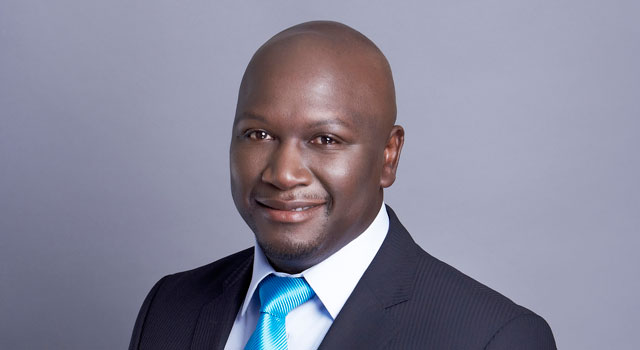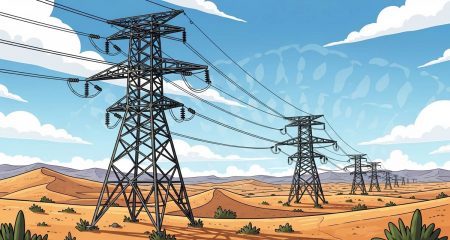
BWired, a partnership between Ericsson and the City of Johannesburg, which is building a R1,2bn fibre-optic network that will connect government buildings and businesses in the Johannesburg metropolitan area and serve as a wholesale network to telecommunications operators, is on target for commercial switch-on in the second quarter of 2013, its CEO, Musa Nkosi, said on Wednesday.
Private companies are already signing up to make use of the network, says Nkosi. These include two mobile operators, which he declines to name. A reliable and high-capacity fibre network is crucial if operators are to roll out fourth-generation mobile networks based on long-term evolution technology.
“When we did the design, we wanted to build a future-proof network, and the hardware we’ve put down is meeting that challenge,” Nkosi says. “The fibre has a lifespan of 25 years and the ducts are expected to have a 35- to 40-year lifespan.”
The network will provide access speeds to government departments and businesses of 100Mbit/s and in some cases even 1Gbit/s.
The project has also been designed so that should there be superior technology in decades to come, the fibre in the ducts can be replaced. “From a backbone perspective, the network should cater for the city’s needs for the next few decades.”
A challenge will be ensuring there is sufficient demand for the network once it goes live. “We’ve had lots of interest from businesses and we are already running pilots in areas with coverage. We’re confident that when we launch commercially there will be sufficient demand. We have active clients already and we haven’t had any complaints.”
Nkosi says the pilot projects are affording BWired the chance to test the scalability of the network and the technology being used. With government expected to account for little more than 10% of the network’s ultimate capacity, he says there is plenty of room for the private sector to use the network.
BWired intends to sell capacity to licensed operators and Nkosi says the company will offer “good pricing, which should be passed on to consumers”.
“The network is designed specifically for the metro. It’s easy to connect new companies as we have manholes roughly every 250m.”
The core of the network consists of nine rings of fibre, with another nine larger rings covering the more outlying parts of Johannesburg.
“We’re approaching 1 000km of fibre now, although the original estimate was for 900km,” Nkosi says. “This was always meant to be a growing network and it could double in size in a decade.”
Deploy and repeat
Other metropolitan areas and districts have expressed interest in the project and it may eventually be replicated elsewhere. “The private sector is good at raising capital, while government can offer access to the communities that need it and speed up the process from a regulatory and legislative perspective.”
One of the benefits of government having a vested interest in the project, according to Nkosi, is that it provides predictability. Civil work is expensive, and the longer you’re waiting and stock is sitting around the more the project costs.”
He says BWired wants to help overcome the digital access divide by providing services such as Wi-Fi in areas where fixed lines may not be an option. The company may create citywide hotspots in bus rapid transit stations and even in schools.
“We want to change the communications landscape in Johannesburg,” Nkosi says. “Our pricing will be competitive. We’re busy with pricing structures already and will be below market standards according to current measures. Some people think a lower price means an inferior service and we want to disprove that.” — (c) 2012 NewsCentral Media




